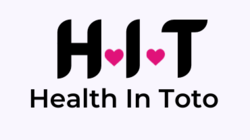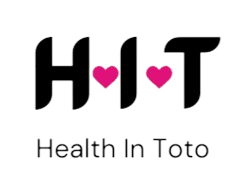Discover comprehensive information for all aspects of sexual health and find resources and guidance to empower your sexual well-being.
Erectile dysfunction (ED) means having trouble getting or keeping an erection that’s good enough for…
Discover comprehensive information for all aspects of sexual health and find resources and guidance to empower your sexual well-being.
Erectile dysfunction (ED) means having trouble getting or keeping an erection that’s good enough for…
The underlying cause as well as the severity of pain determine the varied treatment approaches…
The International Society for the Study of Women’s Sexual Health describes Hypoactive sexual desire disorder…
The pelvic floor muscles are the unsung heroes of our body’s core, providing support to…
Prostate health is a critical concern for men, especially as they age. The prostate gland…
Erectile dysfunction (ED) is a common condition that affects men of all ages, impacting their…
Commitment issues can often manifest in romantic relationships, work, and other personal or professional spheres.…
Currently, there are various misconceptions regarding the glycemic index. It appears that almost everyone possesses some knowledge on the matter and is eager to recommend certain foods to consume or avoid due to their high glycemic content. However, accurately measuring the glycemic impact of foods requires meticulous scientific testing.
In this article, we dispel the most prevalent misconceptions and aim to provide a better understanding of how to utilize the glycemic index when selecting foods to maintain a healthy weight and enhance overall nutritional value.
Table of Contents
ToggleFact: Contrary to popular belief, the Glycemic Index (GI) is a straightforward ranking system from 0 to 100 that provides an instant assessment of a food’s carbohydrate impact.
It’s as simple as “this for that” – swapping high GI foods with low GI alternatives can easily lower the overall GI of your diet and provide the benefits of low GI eating.

Fact: Carrots were once deemed a vegetable to steer clear of due to their high glycemic index (GI) in original tests. However, recent studies have shown that raw carrots have a low GI of 35 and cooked carrots have a low GI of 41.
Additionally, their glycemic load is a mere 4. In addition to their low GI, carrots are a great source of vitamin A, vitamin C, potassium, and fiber, making them a nutritious addition to any meal or as a crunchy snack on their own.
Related: Glycemic Index and Glycemic Load: Meaning and Benefits
Fact: It’s no surprise that watermelon is packed with water, giving it a low energy density that helps you feel fuller for longer. In addition to its thirst-quenching benefits, watermelon is a great source of potassium, vitamin A, and vitamin C.
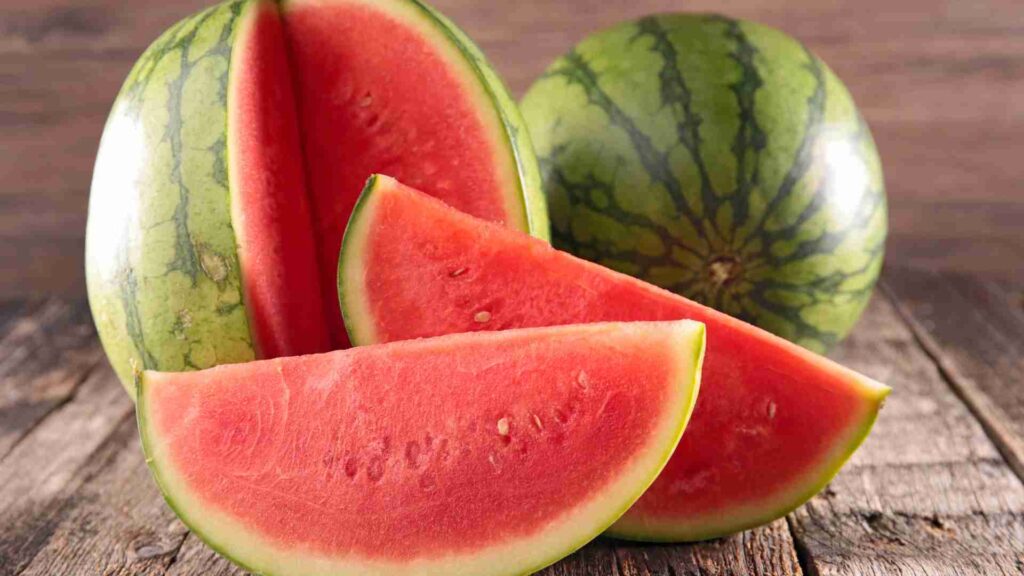
Despite its relatively high glycemic index (GI) of 72, a serving of watermelon only has a glycemic load of 4. This is because the fruit contains more water and fiber than carbohydrates. So go ahead and enjoy fresh watermelon as a healthy addition to your meals or snacks – just remember that spitting out the seeds is optional!
Fact: Although potatoes have a high-glycemic index, it’s not necessary to completely eliminate them from your diet. In fact, they are a valuable source of vitamin B6, potassium, and vitamin C, which makes them a nutritious component of your meals.
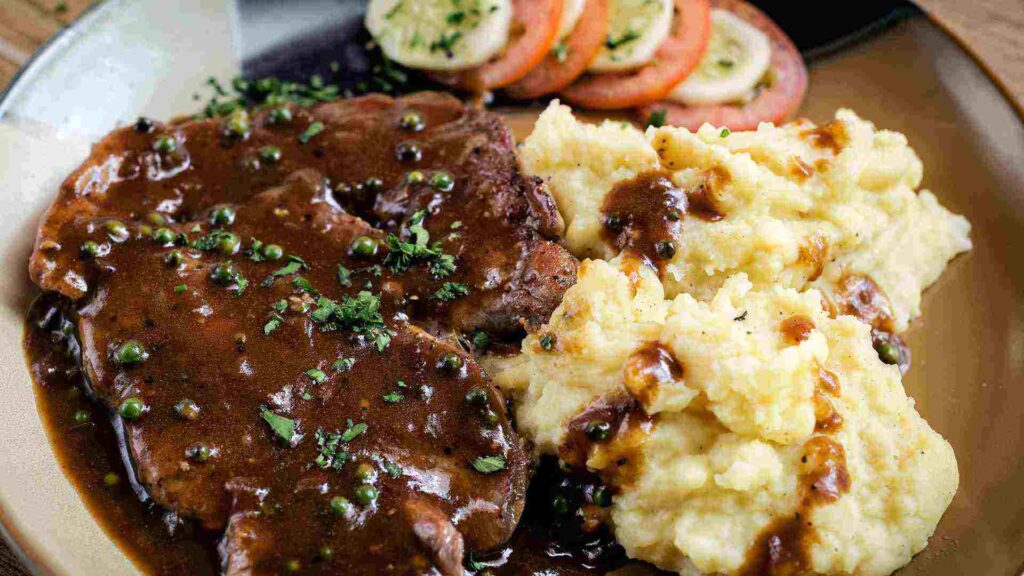
Rather than avoiding potatoes altogether, it’s important to aim for a balanced plate. For instance, consider incorporating a small serving of baked or boiled potato along with a lean protein like chicken or fish and 2 cups of low-glycemic vegetables such as green beans, broccoli, or tossed salad. This will result in a moderate glycemic load for your meal.
Fact: To start, a low-glycemic diet is about balance, so assuming you can never indulge in your favorite high-glycemic chocolate chip cookie is unnecessary and potentially harmful. In addition, when selecting foods to eat, the glycemic index is only one factor to consider. Nutrients such as vitamins, minerals, fiber, antioxidants, total carbohydrate amount, fat content, type of fat, and sodium are also important.
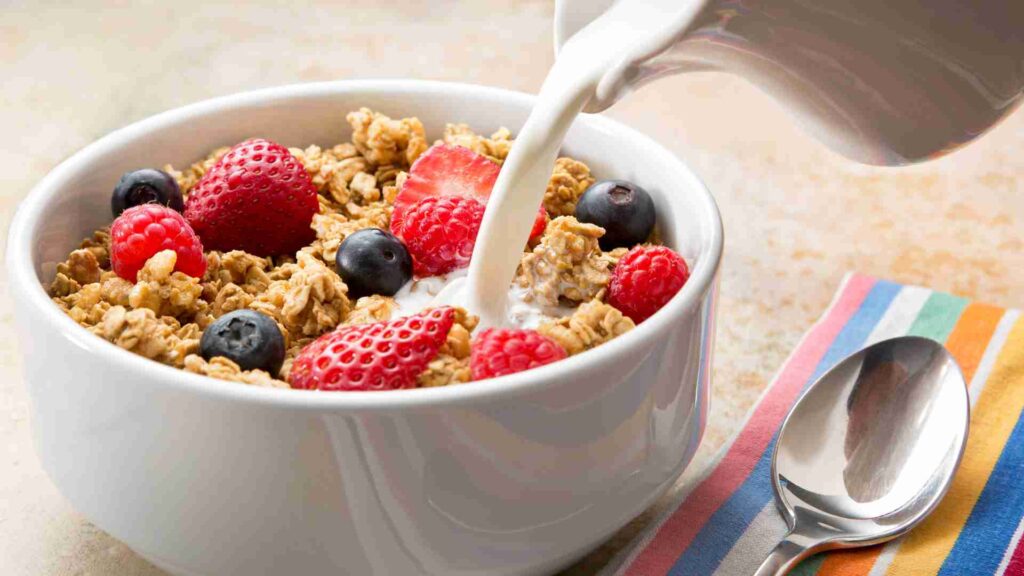
Some high-glycemic foods, like cereal and popcorn made from whole grains, can be excellent sources of fiber. When choosing to eat high-glycemic foods, it’s important to balance them out with a serving of lean protein and other low-glycemic foods. For instance, consider enjoying whole-grain cereal with fat-free milk and fresh strawberries for breakfast, or add a small amount of peanuts to your popcorn for a snack that falls in the medium-glycemic range.
The amount you consume of a high-glycemic food is often more significant than how frequently you eat it. Managing your portion sizes of high-glycemic foods can be a helpful strategy for weight loss. For example, selecting a snack-size portion of microwave popcorn rather than a large bowl is a step in the right direction.
Fact: Consuming more calories than you expend results in weight gain. However, it’s important to note that not all high-calorie foods have a high glycemic index (GI).
For instance, French fries have a GI of 64, while chocolate cake with chocolate frosting, a popular birthday cake option, has a low GI of 38. Nevertheless, it is not a recommended daily food for individuals trying to lose weight.
If your goal is weight loss and maintenance, it’s crucial to pay attention to both the calorie and GI values of the foods you consume. Additionally, incorporating regular exercise into your routine is also important.
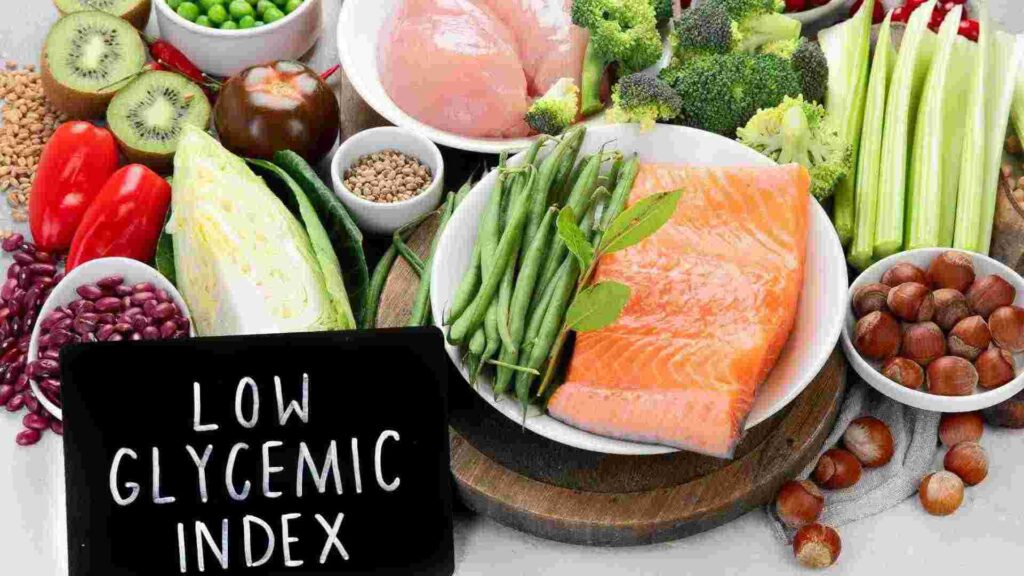
Fact: It would be wonderful if this misconception were true, but unfortunately, it is not. Even if you consume only low-glycemic foods, weight loss still requires monitoring calorie intake. This is because some low-glycemic foods are high in calories, such as nuts with a GI of less than 30. A single ounce of mixed nuts has 166 calories, and controlling oneself to just one ounce can be challenging. A handful of nuts is often more than 1/2 cup and contains over 400 calories!
It’s essential to keep track of the amount of low-calorie, low-glycemic foods you eat, as calories accumulate quickly. Overeating can lead to weight gain and related health problems, even if you choose the right foods.
Fact: Type 2 diabetes does not result from eating high-glycemic foods or consuming carbohydrates. Instead, it stems from a complex interplay between genetics and environmental factors, such as a sedentary lifestyle and obesity.
Once diagnosed, individuals with diabetes must engage in meticulous meal planning to regulate their calorie and carbohydrate intake since consuming excessive amounts of high-glycemic foods can complicate managing the condition. However, an unhealthy diet is not the sole cause of this form of diabetes.
Fact: In order to qualify as nutritious, a food must meet the USDA’s guidelines, be rich in vitamins, minerals, and fiber, and have low levels of saturated fat and sodium. While many low-glycemic foods are indeed nutritious, it is because they meet these criteria set forth by the USDA. However, certain low-glycemic foods, such as Snickers candy bars, do not fulfill all of these requirements.

Thus, simply being low-glycemic does not guarantee a food is nutritious.
Fact: While some high-glycemic foods may have high levels of essential vitamins, minerals, and fiber, their glycemic index may still be higher. For instance, several cold breakfast cereals, even if made from whole grains, may have a higher glycemic index.
Nevertheless, breakfast cereals are often enriched with various vitamins and minerals, and consuming them for breakfast is known to enhance overall nutrient consumption. Additionally, whole-grain breads may have a high glycemic index, but they are an excellent way to increase fiber intake (and fortified with folate and iron). It’s crucial not to limit oneself to the glycemic index when exploring the true nutritional value of the foods you eat.
Fact: The notion that all low-glycemic foods are low in calories is a fallacy, contrary to what myth-propagators claim. The glycemic index is unrelated to the caloric content of a food. It’s akin to saying that all people who drive four-door sedans wear yellow socks. Despite being low-glycemic, ice cream, even high-fat specialty ice cream, is well-known for its high-calorie count.
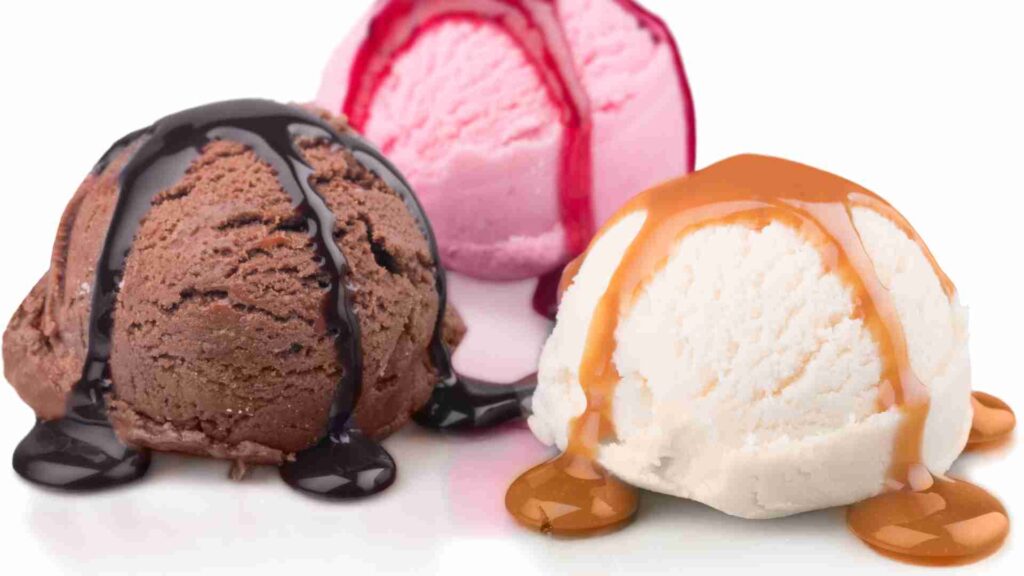
To develop an effective weight-loss strategy, it’s essential to evaluate both the glycemic index and calorie content of a food. Opting for low-glycemic foods that are also low in calories can be a smart approach.
While glycemic index is an important factor to consider when planning a healthy diet, it should not be relied upon solely. The realm of nutrition and diet is often filled with misconceptions and trendy diets. It’s essential to distinguish between facts and myths, adopt intuitive eating practices, and establish a wholesome lifestyle.
References:
Dr. Nishtha, a medical doctor holding both an MBBS and an MD in Biochemistry, possesses a profound passion for nutrition and wellness. Her personal journey, marked by significant struggles with physical and mental health, has endowed her with a unique empathy and insight into the challenges countless individuals face. Driven by her own experiences, she leverages her background to offer practical, evidence-backed guidance, empowering others on their paths to achieving holistic well-being. Dr. Nishtha truly believes in the interconnectedness of the mind and body. She emphasizes the significance of understanding this connection as a crucial stride toward attaining balance and happiness in life.
